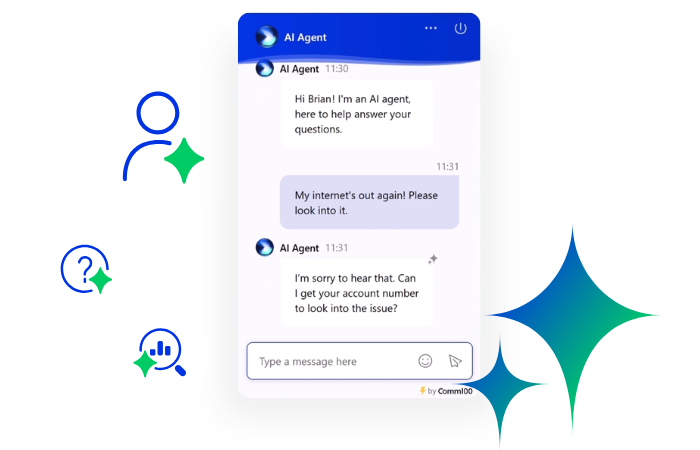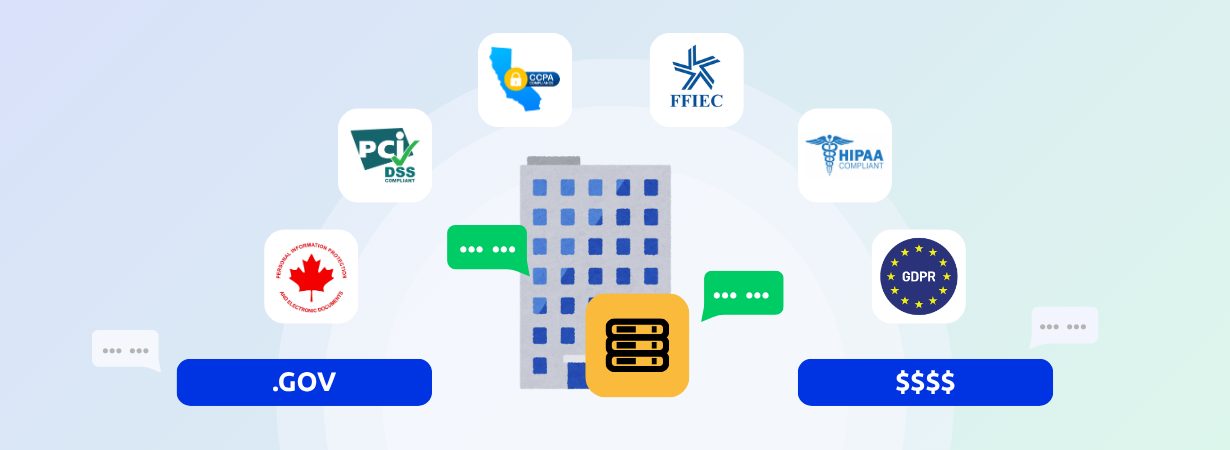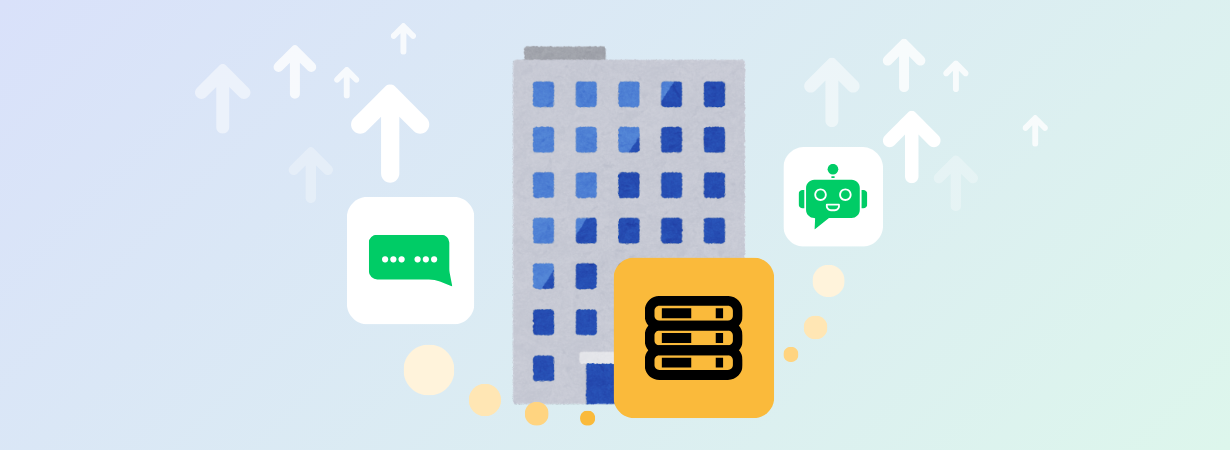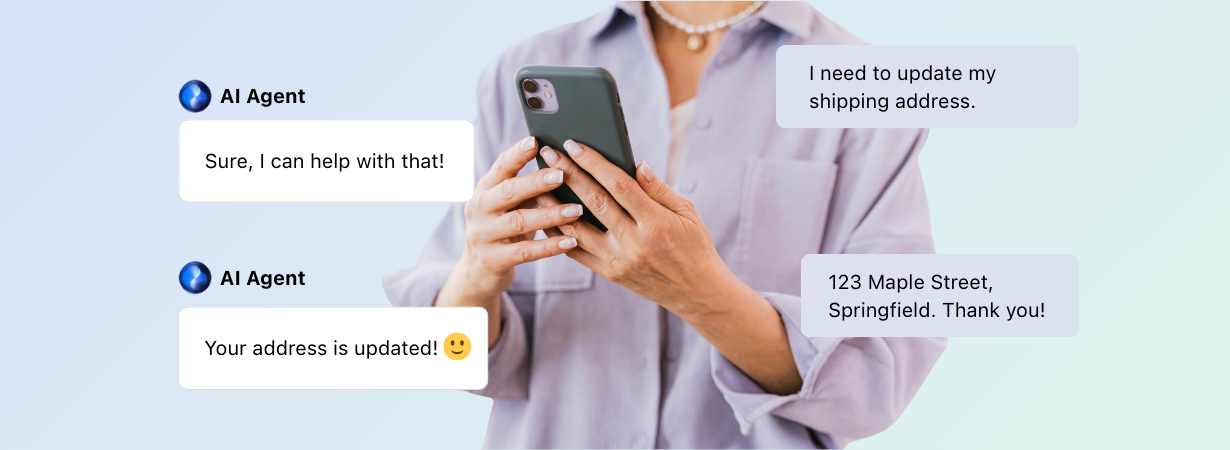As organizations look to expand their digital customer engagement offering, chatbots are becoming more and more commonplace. Compared to traditional support, chatbots deliver faster, more available support, all while cutting costs and retaining high customer satisfaction (CSAT). Research shows that 45% of users already prefer chatbots as the primary mode of customer service communication.
If you’ve been considering adding a chatbot into your customer service operations but you’re not sure where to start, you’ve come to the right place. In this article, we’ll demonstrate just how easily chatbot software can be set up and deployed to meet the needs of your customers and your organization. Read on to see how to build a chatbot without coding in 8 steps.
“I don’t have a computer science or programming background so finding a chatbot that was simple to build and code-free was crucial – and Comm100 Chatbot delivered on this. With a little learning and guidance from Comm100’s bot architect team, I built our bot from scratch with no technical knowledge. I think anyone who has a social media account can build a Comm100 Chatbot.” –
Lachlan Todd, Communications & Systems Coordinator, Thompson Rivers University
Understanding intent
Before you build your bot, it’s important to understand one of the basic principles of how chatbots work – intent. Put simply, an intent represents the purpose or goal behind a question posed to a chatbot. Every industry will have its own unique intents based on the kinds of requests received from customers, as will each organization. For a university or college, for example, intents might include:
- Questions about acceptance criteria
- Requests for registration deadlines
- Inquiries on library hours
- Students wanting to pay their fees
A well-trained chatbot will be able to work out multiple phrasings for each of these intents. For example, a student wishing to pay fees might say “I’d like to pay my bill” or ask, “how can I pay my tuition online?” with the same intent behind each. Initially, you’ll need to program the chatbot to understand differently worded phrases for each intent. Over time, your chatbot will learn to correctly identify new examples of each intent outside of the original programming.
With an understanding of intent, it’s now time to set your chatbot’s goal.
Setting up your chatbot for success
When setting a goal for your bot, you should start by asking yourself what business outcomes you’d like to achieve. Examples of chatbot goals include:
- Providing 24/7 support
- Increasing customer engagement
- Improving customer satisfaction
- Driving revenue or lead generation.
You should also think about how you’ll train your chatbot. The best data to train your bot comes from the resources you’ve already built, including chat scripts, your knowledge base, and FAQs. Using what you already have available will speed up the timeline for the bot’s deployment. Just keep in mind that you might need to adjust the language to be more conversational to make the chat as accessible as possible.
If you don’t already have a variety of resources available, you should involve your support agents by asking them what kinds of abilities your chatbot should have. Since front-line agents interact with customers daily, their knowledge can be invaluable when determining how to build a chatbot.
When your goals for your chatbot are clear and you’ve defined the parameters, you can move on to building the chatbot.
Building your bot
- The first step to building your bot is adding intents. This includes entering multiple examples of ways that visitors might ask each question. A good benchmark is 5-10 examples for each intent to start. As the bot handles more visitors, it can be trained to understand a greater variety of phrases.
- Next, provide your response to each intent, selecting the channel that your chatbot will support. In our example, the channel would be live chat and your response might begin with “I can definitely help you with that…”
- For longer responses, it’s best to link customers to a resource such as a support article. You don’t want to crowd the chat window with so much text that customers are forced to scroll. If linking to another resource, you’ll need to select where the link will open (side window, new window, new tab, or current browser window).
- To save time, you can create blanket responses that cover multiple related intents, such as linking customers to a calendar page for any requests about availability or bookings.
- You should create an “other query” intent for anything that can’t be programmed. For this response, you’ll want to collect the customer’s information so that they can be transferred to a support agent. Your prompt might be, “I’ll connect you with our team in a moment. First, please let me know why you’re contacting us today.”
- For queries that require an escalation, you should select a smart trigger and map it to the “other query” intent that you’ve just created. When an “other query” is detected, the customer will be transferred to an agent.
- With your intents completed, you’ll want to create a greeting message. By default, the bot will just say “hi”, but you can set a structured message like “Hello, and welcome to ABC Company.”
- For visitor messages that are not recognized, you can set a fallback message. Your response to these messages might read, “I think that message is better suited for one of my human friends. Click the button below to transfer.”
With that, your Comm100 Chatbot is ready to go! Before going live with your chatbot, be sure to test the chatbot’s responses on the Preview page, which will show you how the bot appears in a test environment.
Wrap Up
For more detailed support with building your Comm100 chatbot, you can read our full eBook here – Know Before You Bot: Straight answers to the 10 most important questions about getting started with chatbots.
If you’d rather watch along than read, we also have a recorded webinar that covers all these steps in less than 30 minutes – How to Build a Bot in 30 minutes.






